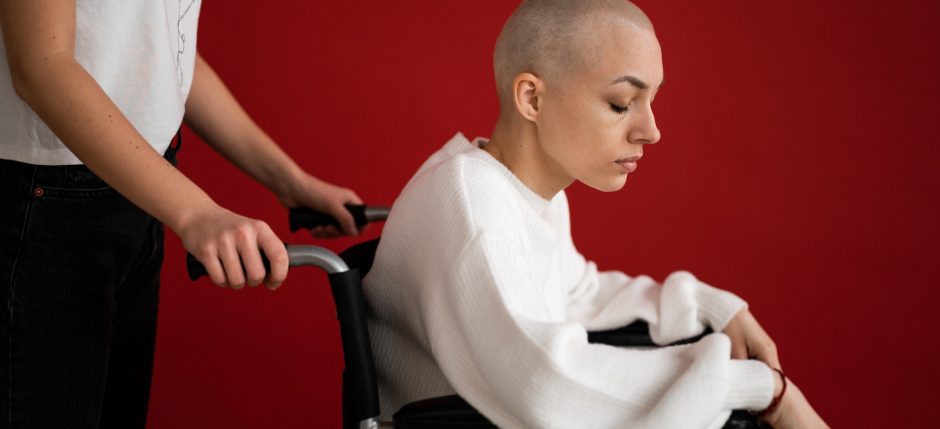
Understanding Cancer Risk
Risk is the possibility that an event will occur. Risk is most frequently used to refer to a person’s likelihood of developing cancer while discussing the disease. The chance that cancer will return or recur is another word used.
Many people’s health is improved by researchers and medical professionals using cancer risk. Understanding the risks associated with smoking is one example of this. Smoking raises the likelihood of developing lung cancer, according to researchers. They used this information to start a global anti-smoking campaign to save lives.
Recognizing risk factors
Anything that makes someone more likely to develop cancer is a risk factor. However, most risk factors don’t lead to cancer. Even with several risk factors, some people never get cancer. And some do while having no known risk factors.
It’s tough to be aware of your risk factors and discuss them with your medical team. You’ll be able to choose healthier lifestyle options as a result. This information may also assist your doctor in determining whether you require genetic testing and counseling (see below).
Cancer risk factors in general include:
Aged more
A history of cancer in one’s family or own
Tobacco use
Alcoholic beverages Obesity Various viral diseases, including the human papillomavirus (HPV)
specific substances
Exposure to radiation, such as solar UV radiation
Stopping dangerous habits will help you reduce some risk factors. These include drinking alcohol and tobacco, being overweight, and acquiring several sunburns. Other risk factors, such as aging, cannot be avoided. Find out more about the causes of specific cancers.
Cancer screening and risk factors
Your doctor can determine whether you might benefit: by knowing your cancer risk.
a cancer screening procedure, such as a colonoscopy or mammography, a screening test conducted earlier in life and more frequently than standard screening
Surgery or medicines to reduce your risk of cancer
For instance, compared to women without the same family history, women whose mothers had breast cancer are at least twice as likely to develop the disease. Some women have a strong family history of breast cancer or have genetic abnormalities linked to the disease. As a result of their extremely high chance of developing breast cancer, people might decide to have their breasts removed. This procedure seems to significantly reduce the risk of developing breast cancer by at least 95%. Additionally, these women might decide to take medication to reduce their risk of breast cancer.
Consider genetic testing if you have a solid family history of cancer. You can discuss receiving specific genetic tests with your doctor or a genetic counselor. Based on your family history and other risk factors, they can tell you how likely you will develop cancer.
The distinction between absolute and relative risk
According to medical professionals, a person’s risk can be compared to that of the general population or a specific group of persons using both absolute risk and relative risk.
The probability that a person would contract a disease during a specific period is known as absolute risk. This indicates the population’s overall risk for a particular disease.
Consider the statistic that “1 in 8 women (12.5%) will develop breast cancer in their lifetime.” This is how much risk there is for the entire population of women. It cannot determine the danger for a particular person or group. A group of older women may have a higher risk of breast cancer than a group of younger women, but the absolute risk cannot demonstrate this.
Comparing two groups of people’s relative disease risks is known as relative risk. It contrasts the risk of a disease in two groups, one of which has a particular risk factor.
Think about comparing the breast cancer risk between two groups of 100 women. However, a specific risk factor for breast cancer only applies to women in one group. This risk factor is not present in the other group of females. Researchers monitor the number of cancer cases in each group during a specific period. Researchers discover that two women with the same risk factor for cancer develop it. However, a single woman without this risk factor develops cancer. Therefore, the first group’s members are in twice the danger as the second group. This is a 100% rise in relative risk. However, there would be a 2% absolute danger or 2 out of 100.
Risk assessments can help patients decide more wisely about lifestyle modifications or cancer screening. The distinction between absolute and relative risk must also be understood. For instance, the relative risk in the previous illustration can appear high. It pinpointed a person’s relative risk of getting cancer by a factor of 100. But to gain a whole perspective, consider the absolute risk. In other words, 1 out of 100 as opposed to 2 out of 100. Make sure to identify the absolute risk if you want to apply the research you read about in the news to your situation. In most research papers, relative hazards are reported. This may give the risk a higher perceived level than it has.

Recent Comments